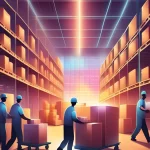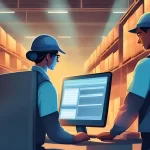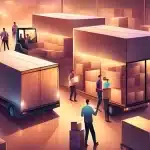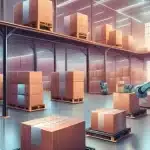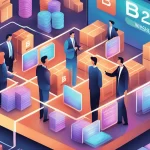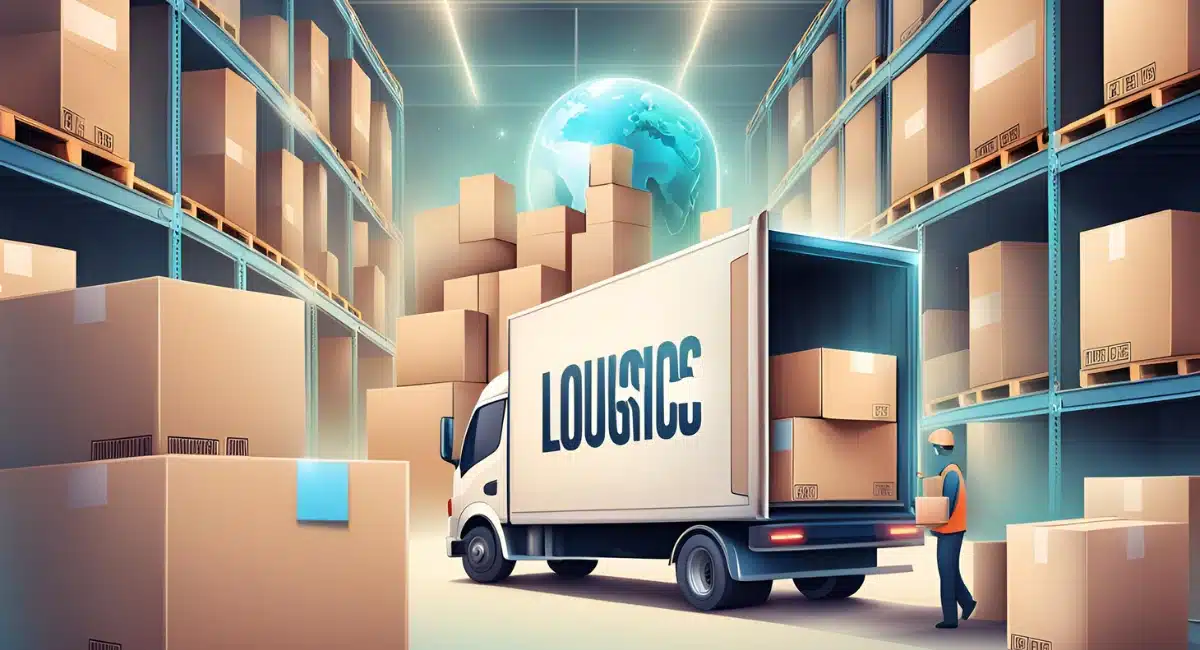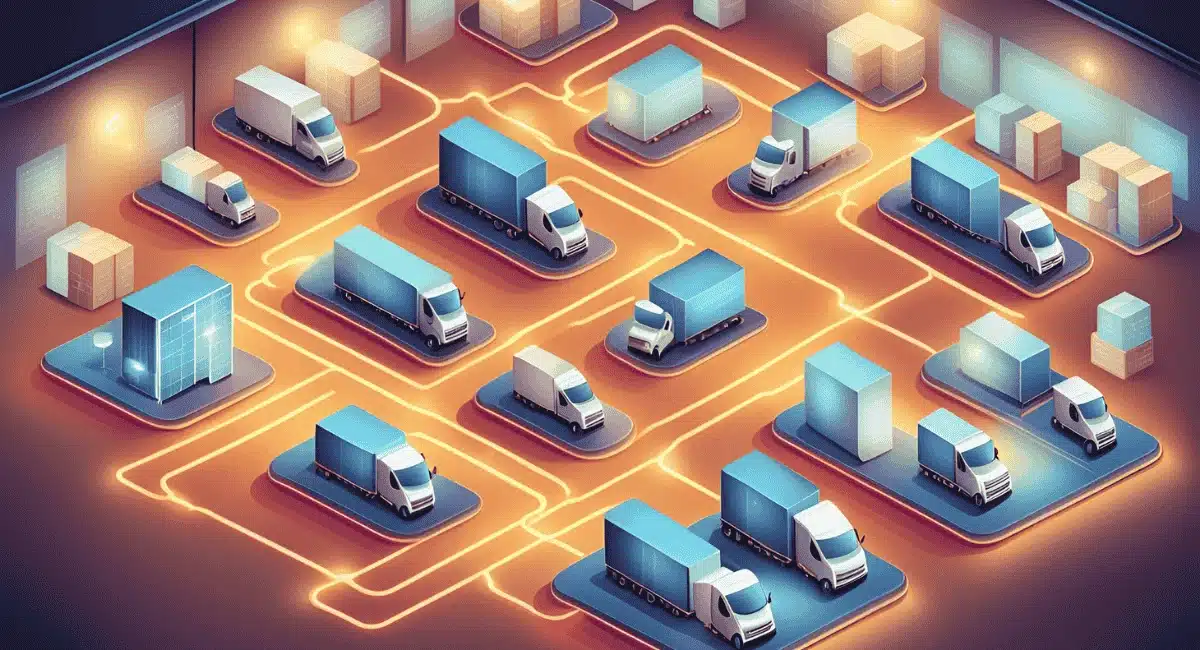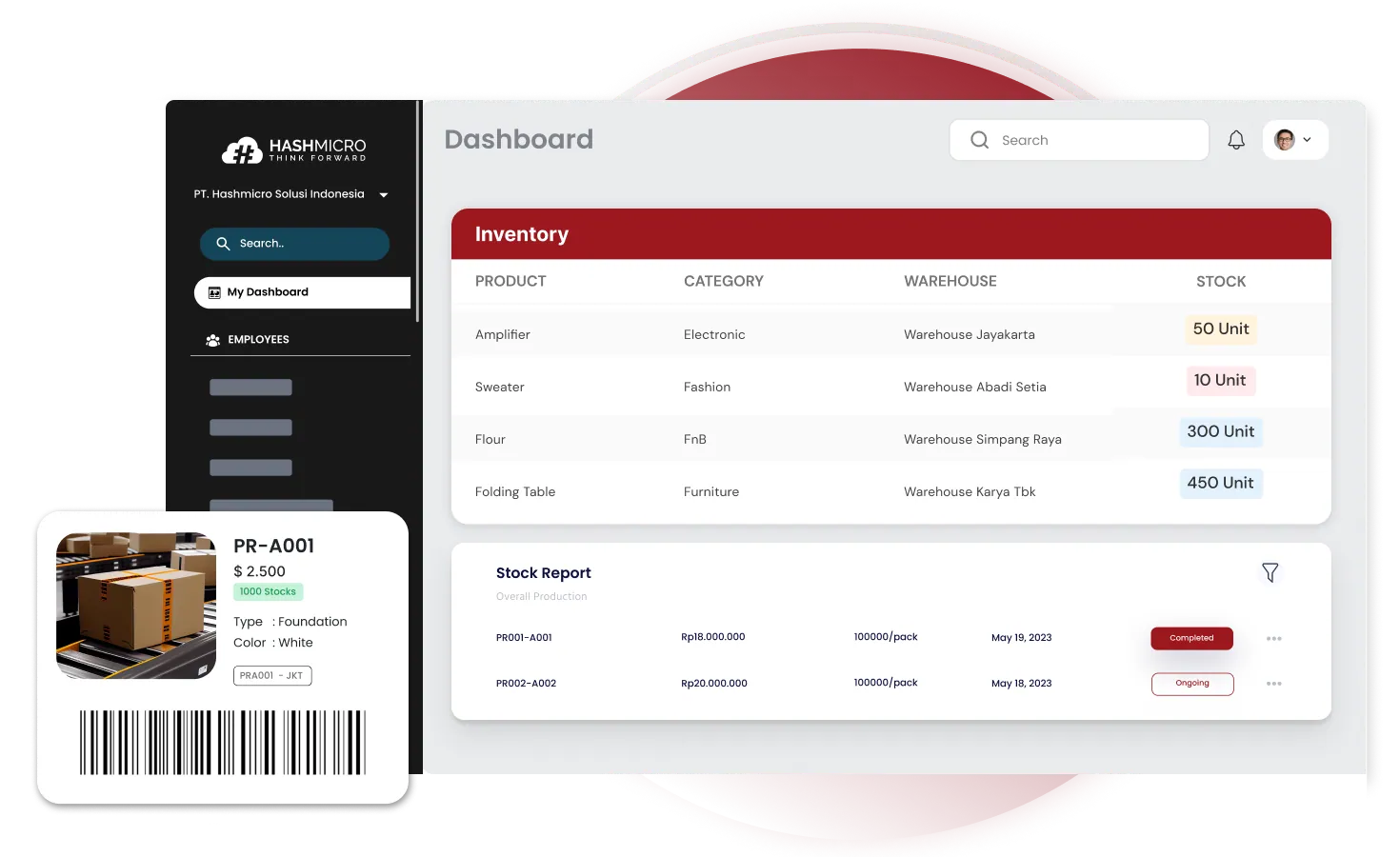Struggling to manage the constant flood of product returns? Reverse logistics is not just about dealing with returns; it’s your chance to turn those challenges into profitable opportunities. In the fast-growing Philippine e-commerce landscape, failing to optimize this process can cost your business valuable time and money.
But what if you could convert those returns into something beneficial? With the right systems, reverse logistics can reduce costs, improve sustainability, and boost customer satisfaction. Keep reading to discover how leveraging this can transform your business and give you a competitive edge.
Key Takeaways
|
Table of Contents
What is Reverse Logistics?
Reverse logistics refers to the organized management of product returns and reusability in a business system. It involves supporting the return of products to manufacturers or retailers for repair and recycling. As e-commerce rapidly grows in the Philippines, logistics management significantly enhances supply chain efficiency.
Beyond handling returns, reverse logistics recovers value through repair, refurbishment, and effective product waste reduction. This process helps businesses minimize costs, boost customer loyalty, and meet sustainability targets. Mastering this technique can strengthen Filipino companies’ competitiveness in an increasingly circular economy environment.
Why Reverse Logistics is Crucial for Filipino Businesses
It efficiently handles returns, cutting costs, recovering lost revenue, and boosting customer satisfaction. It enables companies to repair, refurbish, and recycle goods, extending their value and ensuring a smoother product lifecycle.
According to Gartner, with 70% of global businesses investing in the circular economy, reverse logistics have played a central role in this shift. It reduces waste, optimizes operations, and strengthens the supply chain, making it a vital strategy in today’s evolving marketplace.
When to Use Reverse Logistics
This becomes essential when products are returned, whether due to defects, excess inventory, or customer dissatisfaction. This is particularly significant in the fast-growing e-commerce industry, where product returns are becoming more common.
Here are some instances when it is most useful:
- Defective Products: Customers return broken or malfunctioning items for repair or replacement.
- Surplus Inventory: Businesses return or redirect overstocked products to new sales channels to manage excess supply.
- Customer Dissatisfaction: Businesses refurbish or resell unwanted or misfit products returned by customers to recoup losses.
- Product Recalls: Companies recall entire product lines for safety or quality issues, ensuring proper collection and management.
- End-of-life Disposal: Businesses send products that reach the end of their life back for recycling, reducing waste and supporting sustainability.
By implementing reverse logistics, companies can recover value from returned items through repair, refurbishment, or resale. Efficient logistics systems also help Filipino businesses reduce waste, enhance sustainability, and improve operational efficiency.

The 5R approach in reverse logistics
This is a strategic framework for optimizing logistics, helping businesses manage product returns more effectively. By following this method, companies can maximize the value of returned goods while minimizing waste.
Here’s a breakdown of the 5Rs:
- Return: Ensures products are efficiently returned to the supplier or designated facility.
- Repair: Focuses on fixing defective items so they can be resold or reused.
- Refurbish: Involves restoring products to near-original condition, often enhancing their resale value.
- Reuse: Encourages the reuse of products or components to reduce production costs.
- Recycle: Break down unusable products into raw materials, which can be repurposed for future use.
This approach lowers costs and supports sustainability efforts, enhancing overall business efficiency.
Benefits of Reverse Logistics
This provides numerous advantages that can greatly enhance business performance. Effectively managing product return and reuse leads to operational improvements and better customer relationships.
Here are some of the primary benefits:
- Increased Customer Satisfaction: A seamless return process enhances customer confidence and fosters loyalty, leading to more repeat business.
- Cost Reduction: Refurbishing and reusing products lowers operational costs by minimizing waste and reducing the need for new materials.
- Risk Mitigation: Properly handling defective products and returns reduces legal risks, helping protect the company’s reputation.
- Sustainability: Reusing and recycling products reduce environmental impact and support global sustainability initiatives.
By taking full advantage of these benefits, businesses can improve their bottom line and public image, creating a more sustainable, cost-efficient, and customer-friendly operation that thrives in today’s competitive landscape.
Challenges in Reverse Logistics
Despite its many benefits, reverse logistics poses several challenges, especially in developing regions like the Philippines, where infrastructure and logistics services are still evolving. These obstacles can hinder businesses from fully optimizing their logistics processes.
They are:
- Complexity of Returns: Managing returns is tricky without proper sorting, repair, or recycling systems.
- High Costs: Transportation and logistics expenses in the Philippines can drive up reverse logistics costs.
- Lack of Visibility: Without integrated systems, tracking returns efficiently becomes difficult, leading to delays and inefficiencies.
These challenges highlight the need for businesses to invest in better infrastructure, technology, and processes to fully unlock reverse logistics’ potential. By overcoming these hurdles, Filipino businesses can streamline their operations and maximize the value of returned goods.
How Reverse Logistics Differs from Traditional Logistics
In traditional logistics, the product flow is linear, moving from manufacturers to consumers. In contrast, reverse logistics reverses this process, sending products back from consumers to suppliers. For Filipino businesses, this can be the key for handling returns, repairs, and recycling, ensuring products re-enter the supply chain.
Unlike traditional logistics, reverse logistics focuses on recapturing value from returned goods. Well-managed systems can refurbish or recycle products, reducing waste and lowering costs. This minimises environmental impact and maximizes resource efficiency, making it a crucial strategy in modern supply chains.
Steps to Effective Reverse Logistics
Implementing effective reverse logistics requires a streamlined approach to managing returned products efficiently. By following these steps, businesses can maximize the value of returns while minimizing waste.
Here are the key steps in managing reverse logistics:
- Process the Return: Begin by authorizing the return and assessing the product’s condition to determine the next steps.
- Categorize the Return: Classify the product to decide whether it should be repaired, resold, recycled, or scrapped.
- Manage Repairs: For repairable items, send them to the appropriate department to restore functionality and reintroduce them into the sales cycle.
- Recycling: Products that cannot be repaired or resold should be dismantled for recycling, ensuring valuable materials are repurposed.
- Leverage Comprehensive Logistics Software: To streamline the reverse logistics process, businesses should implement an all-in-one logistics management software. This software integrates return management, repairs, and inventory, providing real-time tracking and improving overall efficiency.
By following these steps and utilizing the right technology, businesses can optimize their reverse logistics operations, reduce costs, and enhance sustainability.
Optimize Reverse Logistics Using HashMicro’s Distribution Software
Reverse logistics is a complex process, but with the right tools, businesses can simplify it and improve efficiency. HashMicro’s distribution software offers a comprehensive solution that integrates all aspects of returns management and enhances business operations.
Features of HashMicro’s software include:
- Cash Flow Optimization: Easily create and send invoices for returned products, ensuring seamless financial management in reverse logistics.
- Thorough Inventory Control: Monitor and track returned products in real-time, preventing stock issues and optimizing the return process.
- Digitalization of Procurement Activities: Streamline the procurement process to ensure smooth handling of returned goods, enhancing overall efficiency.
- Easy Report Generation: Automatically generate detailed reports on returns, repairs, and inventory to make data-driven decisions and improve operations.
With many distribution software options, HashMicro is one of the most comprehensive solutions. By using HashMicro’s software, businesses can streamline reverse logistics, reduce costs, and enhance customer satisfaction through its efficient and integrated management system.
Conclusion
Reverse logistics is no longer an optional process for Filipino businesses—it’s necessary. As e-commerce grows, managing product returns, repairs, and recycling becomes critical to maintaining operational efficiency and customer satisfaction. Businesses can turn logistical setbacks into cost savings and sustainability opportunities by implementing the right strategies.
HashMicro’s distribution software offers a comprehensive solution to help businesses streamline their reverse logistics operations, making managing returns and optimising resources easier than ever. Try our free demo today to see how it can optimize your operations and boost profitability.

Frequently Asked Questions
-
What is meant by reverse logistics?
This refers to the process of managing product returns, repairs, recycling, and reusability. It helps businesses recapture value and reduce waste.
-
What causes reverse logistics?
It can occur when products are returned due to defects, overstock, or customer dissatisfaction. It involves processes like repair, refurbishment, or recycling.
-
Is reverse logistics good or bad?
It is beneficial as it reduces waste, cuts costs, and increases customer satisfaction. However, it can be complex and costly without the right systems.



